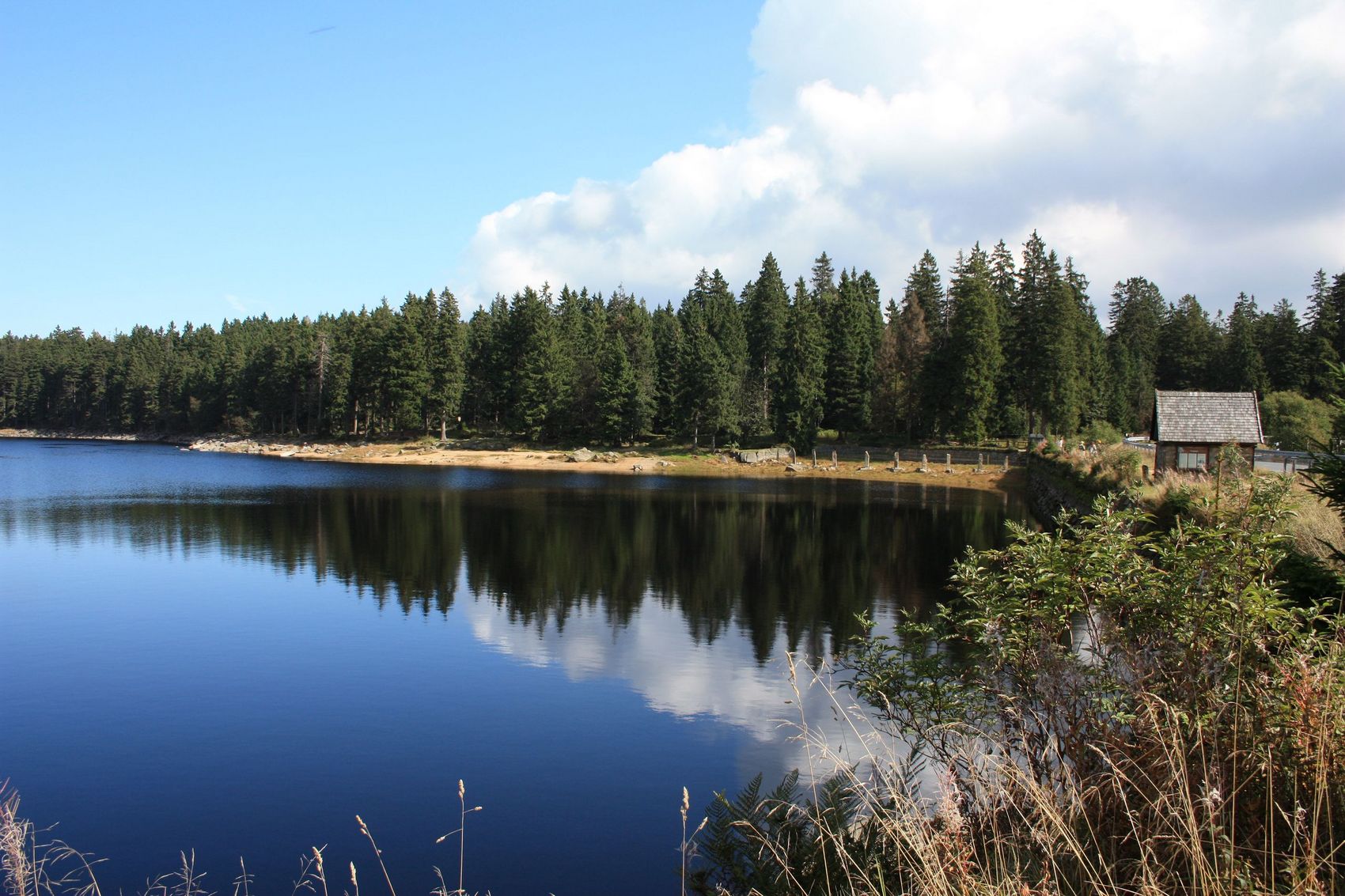On the trail of the world heritage
Wooden boardway with a view of the Oderteich
Discover the Harz Mountains in a whole new way with exciting cultural and natural experiences. The Harz Mountains have the highest density of UNESCO World Heritage Sites in Germany. For example, parts of the Oberharzer Wasserwirtschaft (Upper Harz Water Management) are also located in Sankt Andreasberg. This world's largest energy system of the pre-industrial era was awarded the title "World Heritage Site of Humanity" by UNESCO in 2010. One of the highlights of the Harz World Heritage Site is the Samson Mine in Sankt Andreasberg with a world-class historical mechanical engineering monument, the world's only still functioning "driving art". History is brought to life here in a variety of ways. Let yourself be inspired by exciting mine visits above and below ground.
The ingenious network of kilometre-long ditches, tunnels and ponds for energy production still characterises the Harz landscape today. Over 200 square kilometres of landscape, museums and monuments bring 3000 years of mining culture and history to life.
![Wanderung am Oderteich [Translate to Englisch:] Holzsteg mit Blick auf den Oderteich](https://en.braunlage.de/fileadmin/_processed_/7/d/csm_www.ohwr.de_Fotograf_Christian_Barsch_Bohlenweg_am_Oderteich_Ausschnitt_995734b1a8.jpg)


![Oderteich [Translate to Englisch:] Blick auf den Oderteich](https://en.braunlage.de/fileadmin/_processed_/a/a/csm_sankt-andreasberg-oderteich3_c_siegfried-richter_35ab258bf7.jpg)